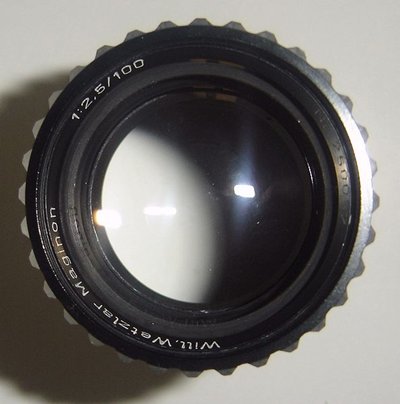 Coated optics include the use of special materials, commonly metals, applied into the surface of lenses or mirrors to enhance or decrease the amount of light reflected or transmitted though the surface. There are different types of coated optics suited for different uses.
Coated optics include the use of special materials, commonly metals, applied into the surface of lenses or mirrors to enhance or decrease the amount of light reflected or transmitted though the surface. There are different types of coated optics suited for different uses.
An example is the high-reflector coated optic which is used to increase the general reflectivity of the lens or mirror, and it usually depends on the different metals used in coating. Aluminum is the cheapest metal used in optical coating followed by silver, which is more costly while gold is the most expensive; also gold reflects most of the light with a rate of 98-99%. Another example is the anti-reflection optic which greatly reduces the reflections from light sources, and it is commonly used in photographic and spectacle lenses.
Another complex type of coated optics is the dielectric coating widely used in sciences such as astronomy to view the different celestial bodies on space. This type of optical coating can be greatly modified depending on the characteristic of the celestial body to be observed. It can be used for star or planetary observation, where wavelength is customized to emit the unnecessary ones which in turn give a better image of the celestial body to be studied.
